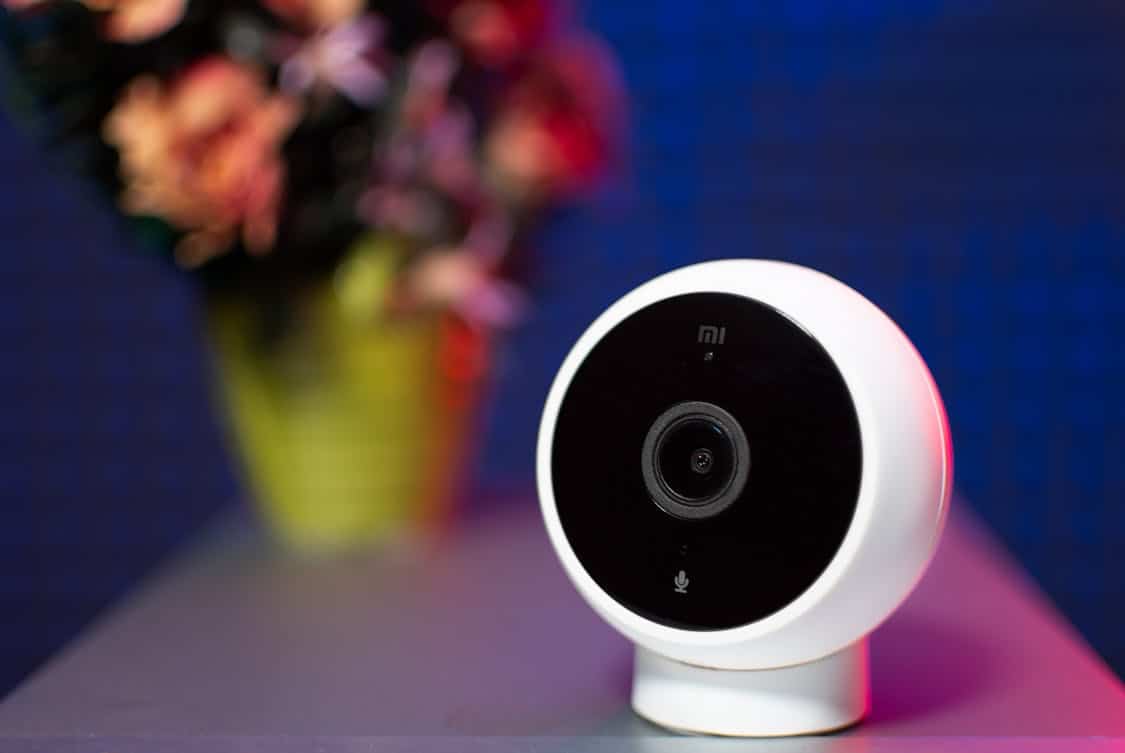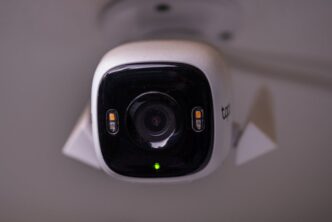Home security cameras are a small piece of gear that can change how you feel about your space. Picking one that matches your daily habits, the layout of your home, and your tech comfort is a practical move that pays off in peace of mind.
This article walks through key areas to weigh so the camera you pick actually works for you, your family, and your routine.
Types Of Cameras And Where They Work Best
Wired models offer steady power and steady data, which suits a fixed entry, garage, or long-term installation, while wireless units give placement freedom and quick setup for patios or temporary spots.
Bullet, dome, and floodlight cameras each have a sweet spot: bullets point and cover distance, domes blend in and resist tampering, and floodlight units add visible deterrence and bright coverage.
If you’re seeking reliable protection without overspending, investing in an affordable home security camera can give you dependable coverage that fits both your space and your budget.
Indoor cameras are compact and chatty, some with two-way audio for quick check-ins, while outdoor cameras need sealing against weather and pests and often have wider temperature tolerance. Match form to function; think about mounting surface, expected exposure, and whether you want a camera that looks like it means business or one that fades into the background.
Resolution And Image Quality
Resolution numbers like 1080p and 4K sell fast, but raw pixels are only part of the picture; sensor quality, compression, and lens glass shape final image clarity. A high-res feed helps when you need to read a license plate or confirm a visitor’s face at the gate, yet good low-noise performance can matter more in dim conditions or where bandwidth is limited.
Pay attention to the frame rate offered for motion scenes and the codec used for transfer, since higher efficiency can save storage while keeping visual fidelity. If you can test a live feed before purchase, do it; seeing motion and still frames in real time beats spec sheets and prevents buyer’s remorse.
Field Of View And Strategic Placement
A camera’s field of view defines how much scene fits into a single frame, and a wide angle can reduce the number of units you need but may stretch features toward the edges. Think in terms of zones: primary entries, driveways, and yard gates deserve focused framing, while general areas like backyards may work with broader coverage.
Mount height and tilt change what details are visible, so plan hardware placement with clear goals for each camera—capture faces, read plates, or monitor packages. Little adjustments to angle and lens choice often yield big gains in usefulness, and testing at different times of day reveals blind spots you might otherwise miss.
Night Vision And Low-Light Performance
Infrared night vision is standard, but quality varies; some units paint a monochrome portrait in deep dark, while others mix low-light color with boosted ISO for richer scenes. Beware of overexposed close-range IR reflections off nearby glass or shiny surfaces, since bloom can wash out details if the beam is too strong or poorly oriented.
Color night vision makes identity work easier in tough lighting, though it can require more power and better sensors, and some cameras switch intelligently between modes when light levels change. If nighttime clarity matters, look for sample clips from the device in real-world settings, not studio shots, since that tells you how the camera behaves when the lights go out.
Motion Detection And Smart Alerts

Motion detection has moved from simple pixel changes to analytics that try to separate people from tree branches, and good thresholds cut noise without missing real events. Many cameras offer adjustable zones so you can ignore a busy street or a neighbor’s yard while keeping the porch in sharp focus, and some let you set sensitivity per zone for finer control.
Push alerts should be prompt, but also allow filtering and quiet hours so your phone isn’t yelling at you every time a raccoon takes a walk. When you get a smart alert, the quick replay and thumbnail can be the difference between action and annoyance, so look for clean, fast snapshots that let you decide in seconds.
Storage Options: Cloud Versus Local
Cloud plans promise off-site safety and quick access, with varying retention windows and subscription fees that add up over time, while local storage like SD cards or NVRs gives you one-time cost control and full custody of footage. Hybrid setups combine both: short-term clips in the cloud for on-the-go checks, plus long-term archives on local drives for legal or insurance needs.
Encryption, access control, and clear export paths matter no matter where the video sits, since footage without secure handling can be a liability. Think through how often you’ll review footage, the bandwidth at your place, and whether monthly fees fit your budget before locking into a storage model.
Power And Connectivity Needs
Battery-powered cameras are friendly for renters and quick installs, yet they trade continuous uptime for periodic charging or swapping and can suffer when extreme weather hits battery life. Hardwired units or PoE (Power over Ethernet) systems provide steady uptime and often better throughput for high-res streams, at the cost of more work at install time and potential drilling.
Wi‑Fi cameras rely on a stable local network and can choke when too many devices compete on the same channel, so pay attention to router capacity, frequency band, and signal reach. Where possible, pair the camera choice with a plan for cable runs, backup power, or mesh extenders so the system stays online when it’s needed most.
Privacy, Permissions And Legal Matters
Cameras pointed at public sidewalks or into a neighbor’s yard can trigger local rules or neighbor disputes, and thoughtful placement avoids awkward conversations and potential fines. Log access and two-step account protection reduce risk of unwanted viewings, and clear policies about who can see footage in a household keep things civil when tensions run high.
If you plan to record audio, check local wiretap statutes, since audio laws vary and a stolen camera clip can create more trouble than it solves. Labeling shared spaces or posting notice where required shows good faith and helps keep your set-up on the right side of local practice.
Budget, Value And Long-Term Costs
Sticker price is only part of the ledger: subscriptions, extra mounts, power gear, and future upgrades push a cheap camera into midrange territory over a couple years. Evaluate total cost over a three-year window and match product warranty, update cadence, and brand support to that horizon so surprises don’t pop up after the return window closes.
Open ecosystems with standard protocols let you mix brands and scale slowly, which keeps options alive and avoids vendor lock-in when your needs shift. Spend some time mapping likely replacements and upgrade paths, and you’ll end up with hardware that pays you back in fewer headaches and clearer footage.














